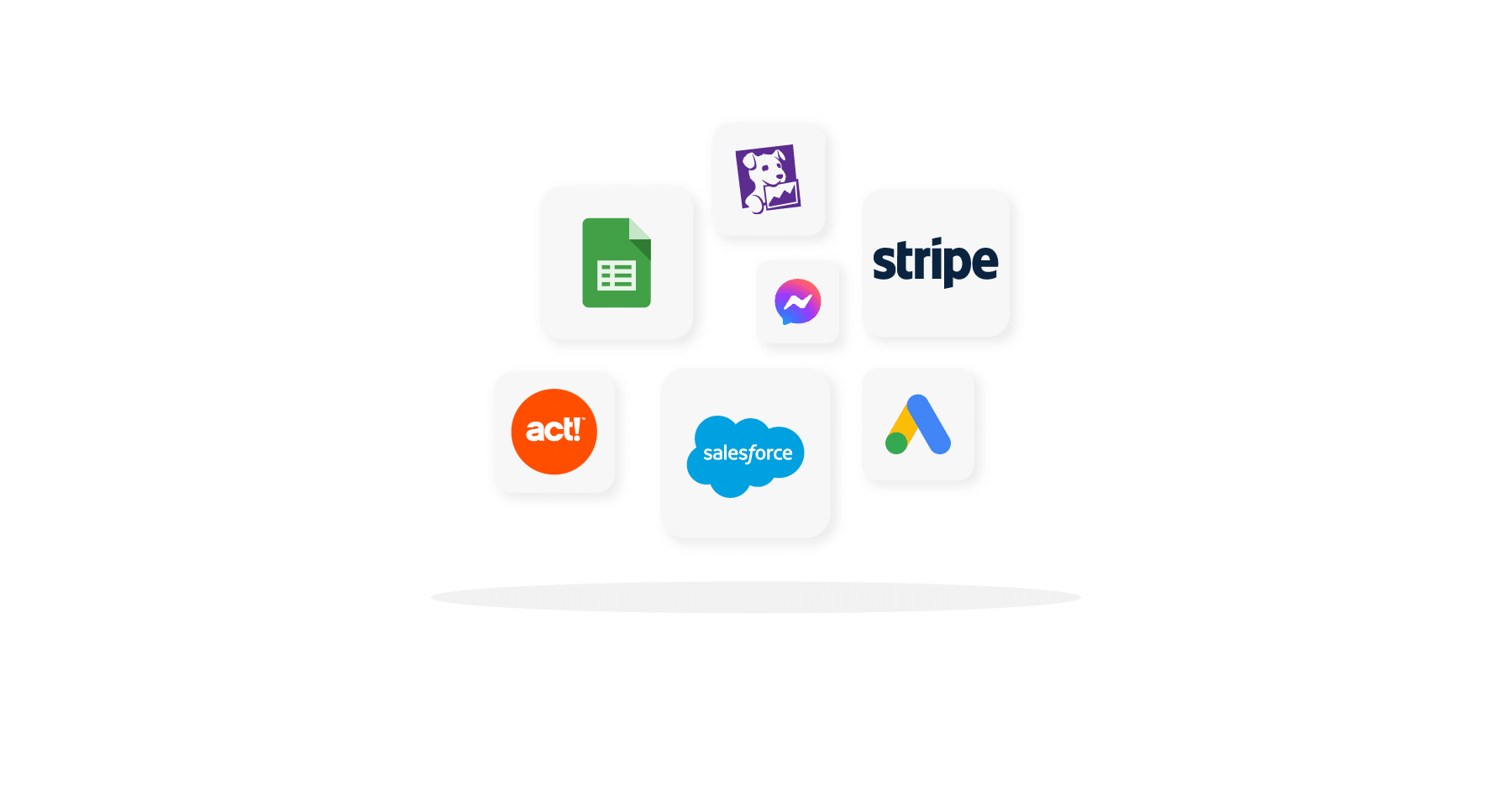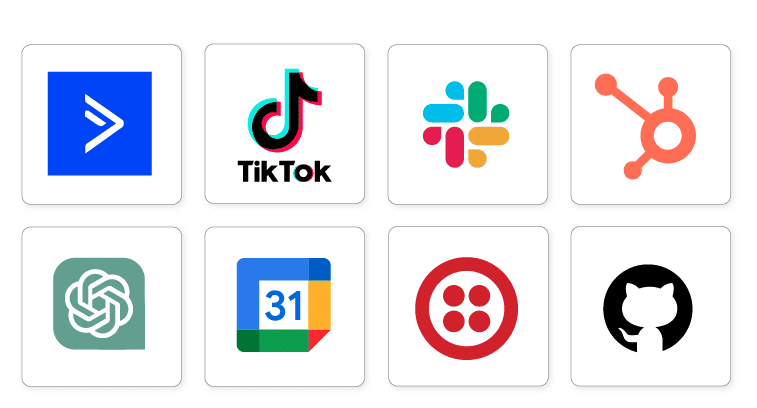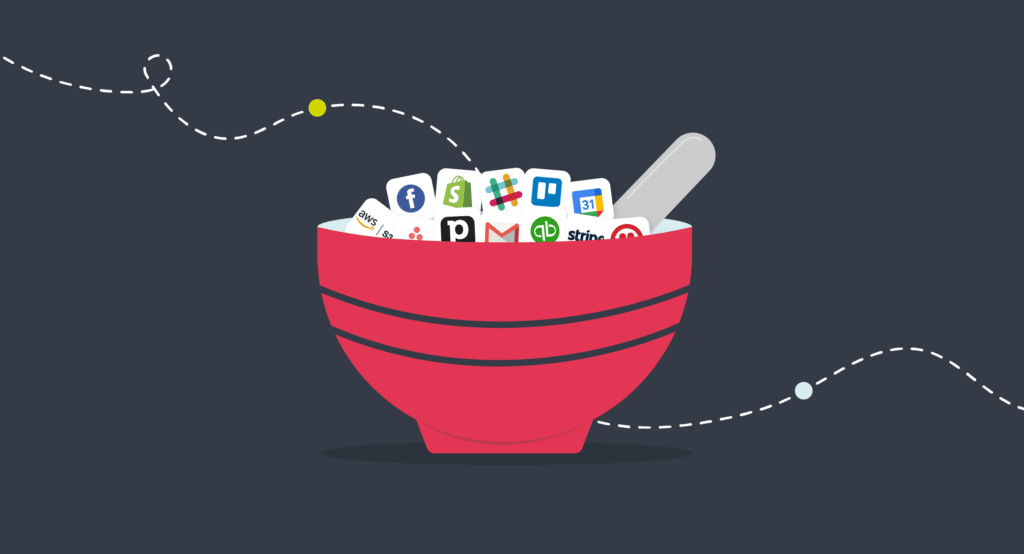
APIs are knitting together businesses and the digital world. There are two common types of API, there is First-party APIs. These are built and utilised internally within an organisation. Secondly, there are Third-party APIs, which are externally created and incorporated into different applications to enhance their capabilities.
Major players in the API sector include popular third-party applications such as marketing CRMs like Monday.com and HubSpot, widely-used office tools Google Sheets and Jira, as well as security-focused accounting software Sage and QuickBooks. While each of them has unique approaches to data flow, there are common elements that contribute to the success of their APIs.
Characteristics of the best APIs
Joe Lander is one of Cyclr’s Connector Developers and shared his top third-party API characteristics. “For those who want to pick up and go, here are the 4 key elements I have seen in the best APIs our team loves to work with.”
- Consistent naming of endpoints
- Documentation first API building
- A standard approach to authentication
- Simple & conventional structure
Using third-party APIs can have several advantages and disadvantages, let’s explore them.
Advantages
Time-Saving
Third-party APIs allow developers to leverage pre-built functionalities, saving time in development. Instead of reinventing the wheel, developers can focus on integrating and customising existing solutions.
Cost-Effective
Building and maintaining certain functionalities in-house can be expensive. Third-party APIs often offer affordable pricing models, allowing businesses to access advanced features without significant upfront costs.
Scalability
Many third-party APIs are designed to handle large volumes of requests and scale effortlessly as demand increases. This scalability is particularly beneficial for growing businesses or applications experiencing sudden spikes in traffic.
Expertise
Third-party APIs are often developed and maintained by experts in their respective domains. By integrating these APIs, developers can leverage the expertise and best practices of the API provider, resulting in more robust and reliable solutions.
Feature-Rich
Third-party APIs typically offer a wide range of features and functionalities that may not be feasible to develop in-house. These features can enhance the capabilities of applications and provide users with richer experiences.

Disadvantages
Dependence on Third-Party
Relying on third-party APIs means that your application’s functionality is dependent on the availability and reliability of the API provider. This means, that if the API experiences downtime or disruptions, it can negatively impact your application’s performance and user experience.
Limited Customisation
While third-party APIs offer pre-built functionalities, they may only sometimes align perfectly with your specific requirements. Customization options may be limited, forcing developers to work within the constraints of the API’s design.
Security Concerns
Integrating third-party APIs introduces potential security risks, especially if sensitive data is transmitted or the API has vulnerabilities. Therefore, it is essential to thoroughly vet the security measures implemented by the API provider and implement additional security measures as necessary.
Potential for Changes
Third-party APIs may undergo updates or changes over time, including changes to endpoints, data formats, or authentication mechanisms. These changes can require adjustments to your application’s code and may disrupt functionality if not handled properly.
Performance Issues
Depending on factors such as network latency and the responsiveness of the API provider’s servers, integrating third-party APIs can introduce performance bottlenecks. As a result, will impact the overall speed and responsiveness of your application.
Why you may need third-party APIs
Emerging businesses lack the financial resources to create intricate functions from scratch, and APIs can be a valuable asset. Utilising APIs from respected and well-known companies can expand your company’s potential in ways that may not have been accessible otherwise.
For example, when developing a map feature for an application, extensive background work and a complex app creation process are required. In this scenario, it would be more beneficial for the startup to utilise a reliable third-party API to gain access to a plethora of information, which can be achieved through integration.
FAQ
Third-party APIs offer SaaS companies the ability to extend the functionality of their applications without having to build everything from scratch. They enable faster development, access to a wider range of features, and the opportunity to leverage specialized expertise from other providers.
Common use cases include integrating with payment gateways for processing transactions, connecting to social media platforms for user authentication or sharing, incorporating mapping or geolocation services for location-based features, and accessing external data sources for analytics or personalization.
SaaS companies should carefully vet third-party API providers, prioritize providers with strong security measures in place, and implement authentication and authorization protocols to control access to sensitive data. Regular security audits and monitoring can also help mitigate risks.
Drawbacks may include dependency on external providers, which can introduce reliability and performance issues if the API experiences downtime or changes its functionality. Additionally, SaaS companies may face challenges with data privacy and compliance when sharing user data with third-party services.
SaaS companies can mitigate risks by diversifying their API integrations, avoiding reliance on a single provider for critical functionality, and implementing robust error handling and fallback mechanisms to gracefully handle API failures. Regular communication with API providers and staying informed about updates or changes can also help anticipate and address potential issues.
Factors to consider include the reliability and uptime of the API, the quality of documentation and developer support, scalability and performance metrics, compatibility with existing technology stacks, and alignment with the company’s long-term strategic goals and customer needs.



